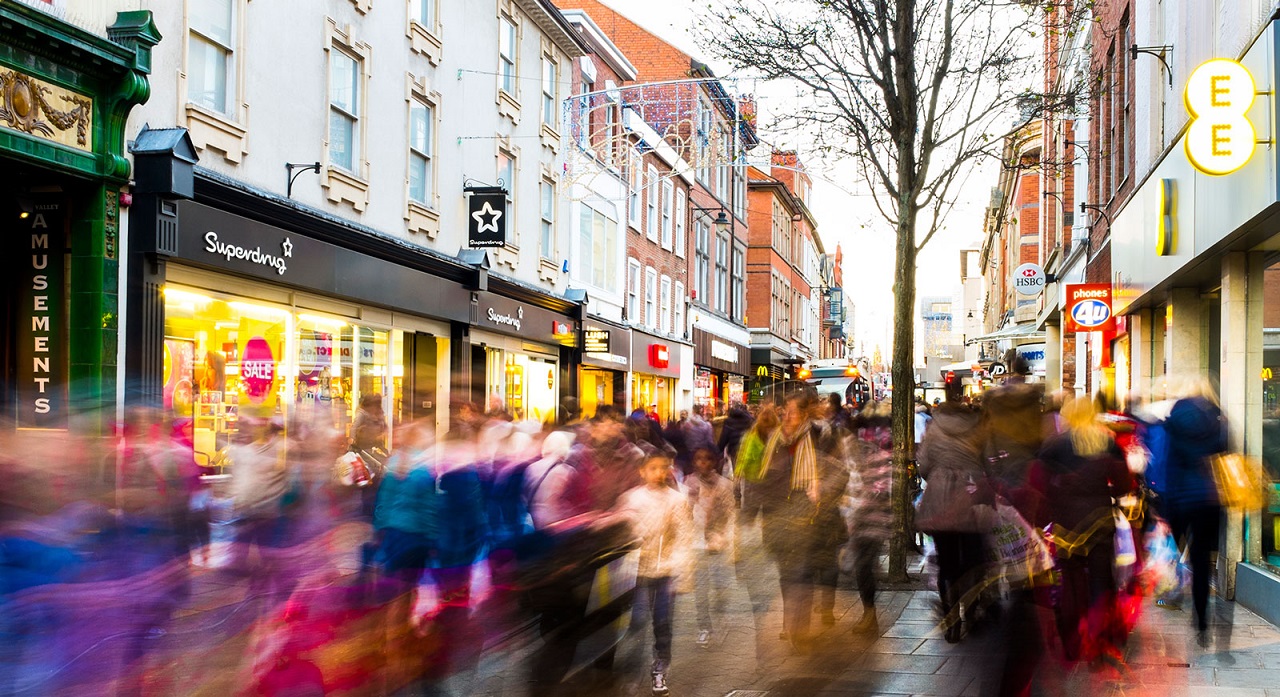Retailers have lost out on more than £39.4bn in potential sales over the last 12 months, according to new research from Barclaycard Payments.
Surveys of 400 retailers and 2,000 consumers for the payments processor also found that high delivery costs added at the last minute are to blame for 37 per cent of abandoned purchases, with cyber window shopping (26 per cent) and lengthy payment authentication processes (24 per cent) also increasing the likelihood of customers dropping out at the checkout stage.
The data shows 71 per cent of retailers who know their website’s online abandonment rate have improved their analytics software to better understand customer behaviour and tackle this drop out, with 58 per cent of this group doing so within the last twelve months.
These improvements were essential for 76 per cent of merchants who saw the opportunity to leverage online sales while their physical stores were closed – with Barclaycard Payments seeing 50 per cent of its transactions now come through e-commerce channels, up from 40 per cent at the start of the pandemic.
The findings also show that data analytics software could be used more effectively by retailers, with only 69 per cent able to identify the average basket abandonment rate on their website.
While this is a significant improvement from 25 per cent when the same research was conducted three years ago, it means that nearly a third of online retailers are still missing out, the analysis found.
However, with better understanding of basket abandonment rates, many retailers are starting to act to improve these figures. Almost half (49 per cent) have reduced the number of steps to checkout, with a similar amount (48 per cent) now sending automated emails to remind customers about abandoned items.
The study also found that over half (53 per cent) of retailers have introduced a digital wallet, for example Apple Pay or Android Pay, with a similar number optimising their website for mobile use (49 per cent) or making improvements to an app (47 per cent).
Those that have invested in introducing an app, or improving an existing app, have seen basket abandonment fall by 16 per cent; investing in an improved e-commerce gateway reduced the rate by 15 per cent; and introducing ‘swipe to buy’ similarly decreased dropouts by 15 per cent.
Shoppers said they are least likely abandon a basket on an app (5 per cent compared to 31 per cent on a laptop).
Discounts given in exchange for downloading apps (23 per cent), feeling less distracted using them (18 per cent) and finding them easier to navigate (18 per cent) all decrease the likelihood of ditching a purchase.
In addition, 22 per cent report only downloading apps from their favourite retailers, which naturally reduces the amount of competition per purchase.
Commenting on the findings, Marc Pettican, president of Barclaycard Payments, said: “Online shopping has traditionally been the convenient alternative to bricks and mortar, but as e-commerce has boomed during the pandemic, so too has the number of purchases abandoned at the checkout. An increase in choice, slow lengthy payment processes, and websites which are difficult to navigate have all contributed to shoppers deserting their shopping at the last minute.”
He added: “To help convert sales, retailers can look to leverage a single, unified payments provider to reduce friction at the point of sale, while also offering shoppers a variety of ways to pay.”
Latest News
-
Topshop launches dedicated EU website
-
Amazon to close first UK fulfilment centre, 590 roles affected
-
Walmart’s drone delivery service kicks off in Houston
-
Currys hires new head of customer data
-
Coca-Cola abandons Costa Coffee sale after bids fall short of £2bn target
-
Lidl appoints chief customer officer
Beyond Channels: Redefining retail with Unified Commerce
This Retail Systems fireside chat with Nikki Baird, Vice President, Strategy & Product at Aptos will explore how unified commerce strategies enable retailers to tear down these barriers and unlock new levels of operational agility and customer satisfaction.
The future of self-checkout: Building a system that works for consumers and retailers
In this webinar, industry leaders discussed what the future of self-checkout looks like and how retailers can make the technology work for everyone.
© 2024 Perspective Publishing Privacy & Cookies










Recent Stories